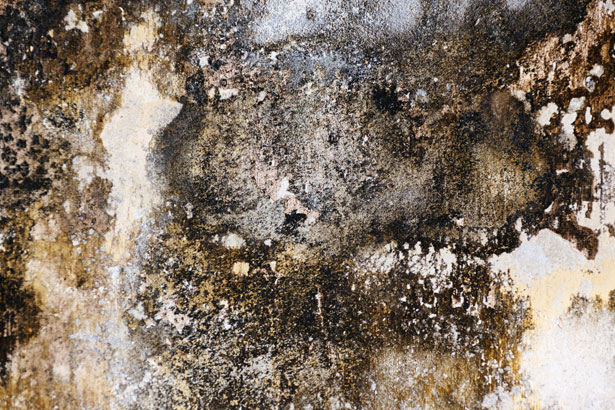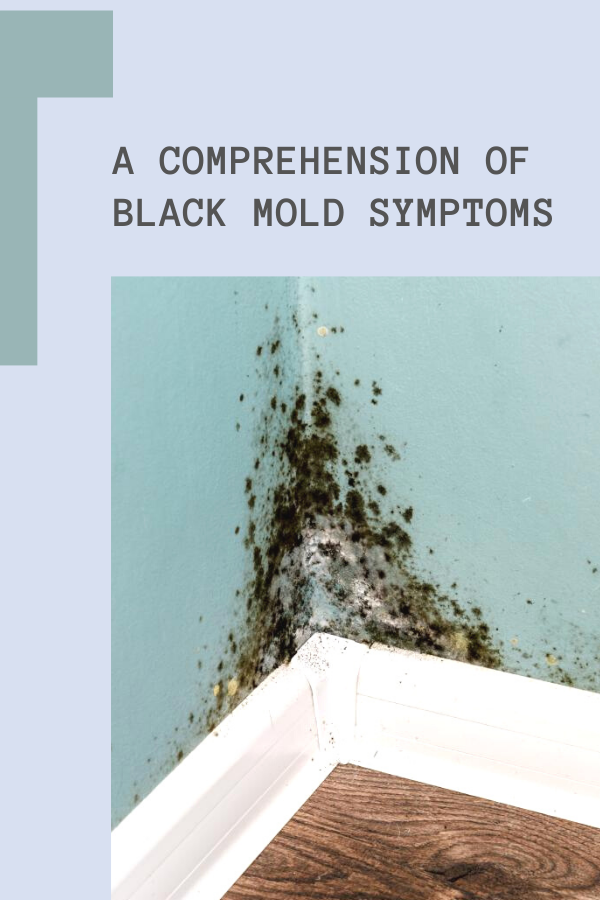 A mold is types of fungi that are found everywhere. They grow on plants, foods, and in areas with a regular supply of moisture such as near the fridge, in the bathrooms, attics, basements, crawl spaces, leaky roof, or water pipe. These molds are reproduced by a reproductive cells commonly called as spores. These spores float in the air and starts growing when they touch down on a damp surface.
A mold is types of fungi that are found everywhere. They grow on plants, foods, and in areas with a regular supply of moisture such as near the fridge, in the bathrooms, attics, basements, crawl spaces, leaky roof, or water pipe. These molds are reproduced by a reproductive cells commonly called as spores. These spores float in the air and starts growing when they touch down on a damp surface.
Molds are an essential part of the natural environment. It helps create the balance of nature by breaking down dead organic materials as dry leaves fallen off the ground, and dead trees. In contrast, an indoor mold should be prevented these molds can have a dangerous effect on individuals who breathes these odors.
There are numerous types of mold, some are harmless while others can cause serious health problems. Toxic mold is used to describe the type of mold that are life-threatening. The widely known types of mold that can cause serious health problems are:
Allergenic Molds: These molds contains allergens that can cause allergic reactions in humans like allergic rhinitis. Most often, people with asthma problems are more susceptible to these allergenic molds.
Pathogenic Molds: The type of molds that is characterized as any molds that are able to grow in the normal temperature of the human body. These molds can worsen the existing disease in people with HIV, cancer, and people with immune system problems.
Toxic mold: It is considered as the primary cause of serious health illnesses or even death. Toxic molds are categorized into two forms, Stachybotrys and Memnoniella. Stachybotrys chartarum is commonly known as black molds that produces a type of toxin called mycotoxins that can be fatal in both humans and animals. These molds are very difficult to spot because of its unseen growth and it will continuously create toxins without being exposed. Other common toxic molds are called Memnoniella. This type of mold acts the same with Stachybotrys chartarum, they are found in wet materials such as paper, cotton, or wood products. Memnoniella also develops toxin similar to Stachybotrys chartarum and creates an adverse effect on the human body.
A prolonged exposure to black molds may develop the following symptoms:
Breathing problems, vision problems, eye redness, hearing loss, an awful taste in the mouth, chronic fatigue, Lethargy, dizziness, light-headedness, hair loss, muscle spasms, joint pains, nausea and vomiting, food allergies, panic attacks, anxiety, depression, mood swings, irritability, memory loss, upper respiratory conditions, chronic cough, swelling of the lymph nodes, and stomach ulcers.
To prevent the formation of black mold, it is important to make an unfriendly environment for these molds. These include controlling indoor moisture using dehumidifiers, using air conditioning designed with allergen-grade air filters, fixing leaks in pipes, tubs, and sink, because moist areas are a good habitat for these molds it is important to clean and dry the areas where moisture is present, use reliable air purifiers as it aids in reducing the airborne particles of mold spores.
Enjoyed A Comprehension of Black Mold Symptoms? Share it with your friends so they too can follow the Superfoodsliving journey.
Share on Pinterest
